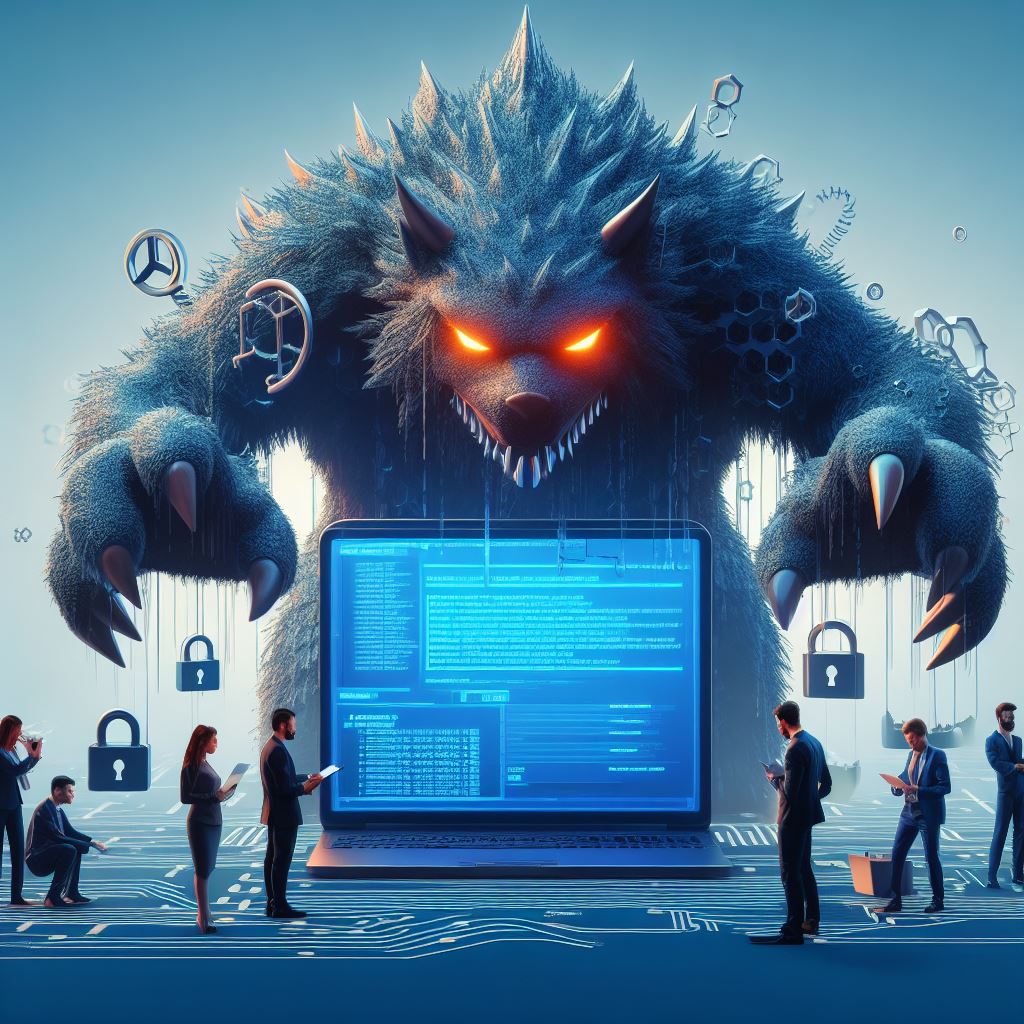Welcome to the final entry in our OWASP Top Ten Series – Software and Data Integrity Failures. If you haven’t read any of the previous ones, check them out. Among the OWASP Top Ten entries, Software and Data Integrity Failures have emerged as a formidable category that encapsulates a range of issues where assumptions about software updates, critical data, and system configurations are compromised. This is where a quality DevSecOps team come in handy.
Understanding the Beast: What Are Software and Data Integrity Failures?
Software and Data Integrity Failures refer to the lack of ensuring that applications and their associated data are free of unauthorized changes. This broad term covers inadequate integrity checks, poor handling of cryptographic functions, and the use of insecure protocols, among others. These vulnerabilities can lead to the execution of malicious code or the manipulation of data, often without detection. Are you randomly pulling in packages from external sources when you build your application? If so, you could fall victim to a Software and Data Integrity Failure.
Impact: Software and Data Integrity Failures
In the absence of proper validation, attackers can modify an application’s binaries, libraries, data files, or configuration information, leading to a breach of the system’s trust. For instance, if an application’s update mechanism is compromised, an attacker could inject malicious code into the software distribution channel, infecting not just one, but potentially thousands of users or systems. The impacts are manifold – from data breaches and loss of customer trust to regulatory penalties and financial losses.
Case Studies: Learning from Others’ Mistakes
Let’s consider the SolarWinds incident, where attackers were able to insert malicious code into a trusted software update, leading to a massive, undetected espionage campaign. Or the infamous NotPetya ransomware, which initially spread through a compromised Ukrainian accounting software’s update mechanism.
We also regularly hear of malicious NPM or Python packages in the wild.
Key Principles: Building a Fortified Defense
- Validation at Every Step: Implementing robust validation at each stage of the software delivery and data management process is vital. This could mean cryptographic signing of code, rigorous checksum validations, or end-to-end encryption to prevent Man-in-the-Middle (MitM) attacks.
- Cryptographic Assurance: Cryptography is the bedrock upon which data integrity relies. Use of digital signatures and hashing algorithms ensures that any alteration of data or software can be detected before any damage is done.
- Immutable Data Structures: Leveraging technologies like blockchain for critical data can provide a level of immutability, making unauthorized changes easily detectable.
- Secure Transmission Protocols: Utilizing secure protocols like TLS for data transmission can help prevent MitM attacks that could compromise data integrity.
- Least Privilege Access Controls: Limiting access to software and data only to those entities that require it, and monitoring such access meticulously, can significantly reduce the risk of integrity failures.
Implementing Integrity Controls: A Technical Deep Dive
For the technically inclined, diving deep into the implementation of integrity controls is essential. Secure coding practices must be upheld, not just in the development phase but throughout the application lifecycle. The use of Software Composition Analysis (SCA) tools to track and manage open-source components and their vulnerabilities is critical. Furthermore, the integration of Static Application Security Testing (SAST) and Dynamic Application Security Testing (DAST) can help uncover potential integrity flaws before they are exploited.
Continuous Monitoring: The Watchful Guardian
Continuous monitoring of software and data integrity is a must. Implementing a File Integrity Monitoring (FIM) system can provide real-time alerts on unauthorized changes. In addition, regular, automated scans using updated vulnerability databases can help detect potential integrity issues before they manifest into security incidents.
Regulatory and Compliance Landscape: Walking the Tightrope
The importance of software and data integrity is underscored by various regulatory frameworks, such as the General Data Protection Regulation (GDPR), which mandates integrity and confidentiality of personal data. Similarly, the Payment Card Industry Data Security Standard (PCI DSS) requires entities to protect cardholder data, which includes maintaining data integrity.
Mitigation Strategies: A Layered Approach
Mitigation of Software and Data Integrity Failures requires a layered security approach. This includes deploying a combination of preventative, detective, and corrective controls. Preventative controls focus on avoiding unauthorized changes, detective controls aim to identify when such changes occur, and corrective controls are designed to restore integrity in the aftermath of an incident.
Future Outlook: Preparing for Tomorrow’s Challenges
The threat landscape is dynamic, with adversaries continually evolving their tactics. The rise of quantum computing poses a future risk to cryptographic systems currently in place. Proactively preparing for such advancements by exploring post-quantum cryptography and other cutting-edge technologies is crucial.
The Human Factor: Training and Awareness
It is imperative not to overlook the human element. Regular training for developers, system administrators, and end-users can go a long way in preventing integrity failures. Awareness campaigns that highlight the importance of following security best practices can cultivate a culture of security mindfulness.




